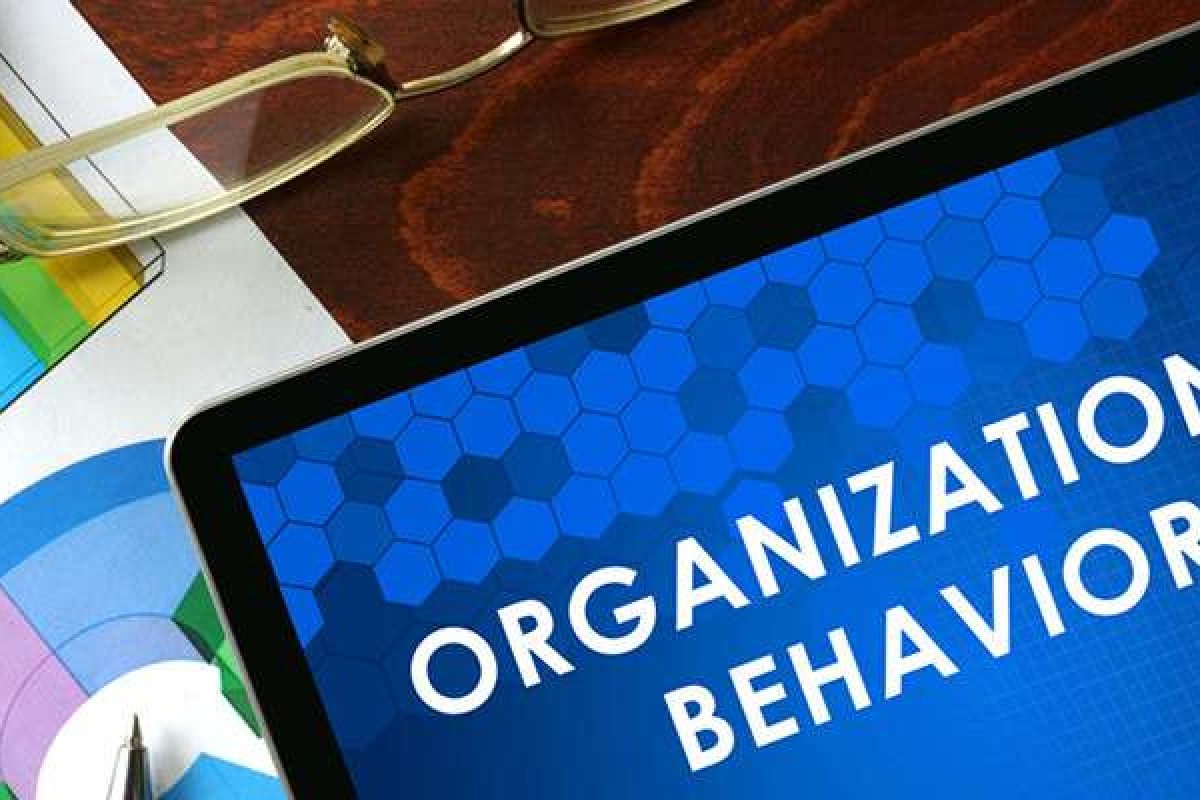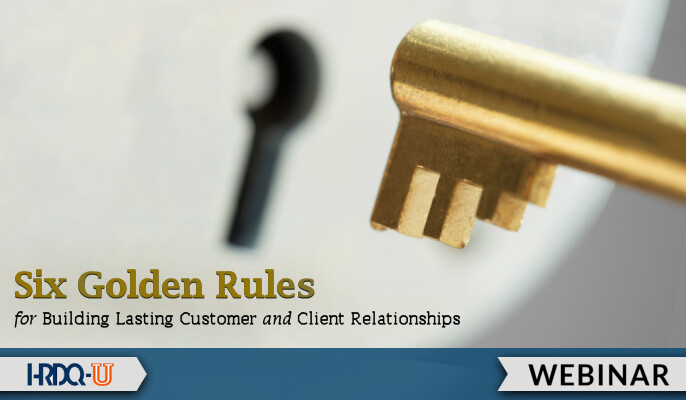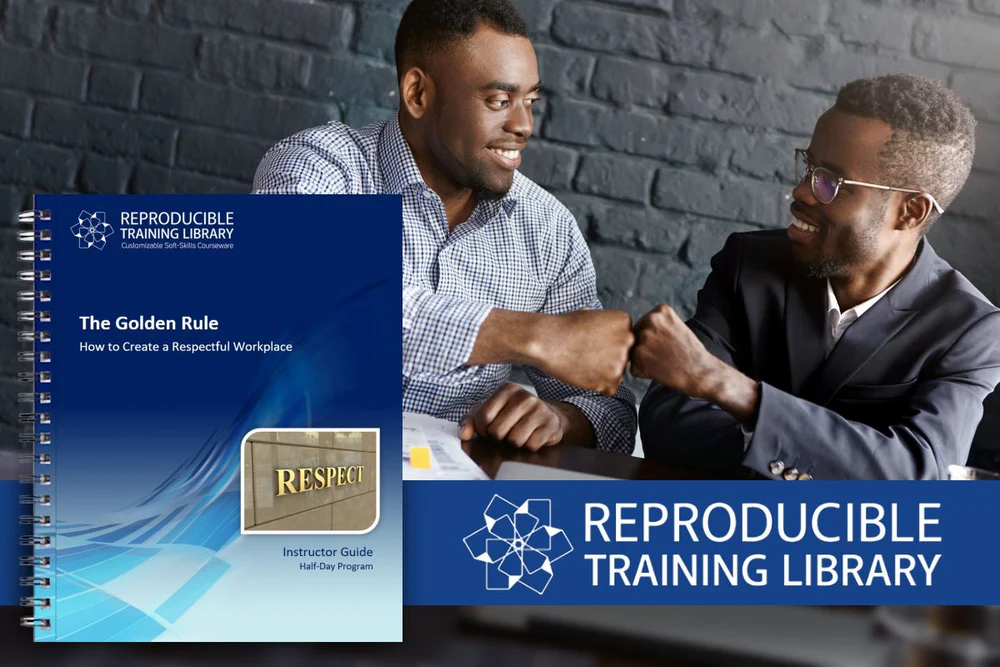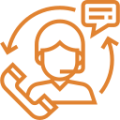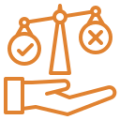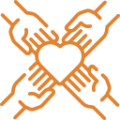Calibrating the current state of an organization’s culture is always the first step of an effective intervention process. For example, determining the values, behaviors, and personal work styles of an organization provides the needed data to define the size of the gap from where your culture is today and what is required to foster alignment in the future. This assessment process also establishes the capability of tracking cultural shifts over time. Your management team will find this helpful as they are asked to resource interventions and fund activities to reach an aligned cultural state through organizational behavior management strategies.
As you can imagine, management consultants and theorists promote dozens of suggested leadership approaches – everything from situational leadership and participative management to leading from the top and leading from commitment. All of these approaches have merit. The danger arises when your leadership team sends managers to different leadership training events, and everyone returns with a distinct approach. It’s a fast way to create confusion for the workforce as they work for different leaders over time, each with a different leadership style. It’s much more effective to promote and take advantage of one leadership approach for everyone to follow.
Creating a singular leadership approach that focuses on behavior-based leadership, for example, utilizes the concept of collective emotional commitment as a lever to capture the hearts and minds of leaders and the workforce. It’s also essential to apply a leadership approach that instills positive mutual purpose and intent. Once these have been established, active listening skills, decision-making, and other organizational behavior management can help you achieve the level of leadership success you seek for your company.
3. Create One Line of Sight to Reach Alignment
Do we all agree? Does anyone not agree? Do we have a consensus? Are we all aligned? Is anyone not aligned? Wow! This can be confusing. It’s essential to teach individuals and teams how to be aligned with and supportive of the decisions that they make. The secret lies in teaching everyone how to question effectively, listen actively, and demonstrate open communication while stressing authenticity.
Alignment occurs when employees understand how to achieve alignment through small steps that ultimately build into larger areas of agreement. Having an effective protocol to communicate and reach an agreement within your team helps to make alignment a reality.
4. Separate Assumptions from Facts
There’s a distinction between making assumptions and examining facts. Sometimes, there are not enough facts to assume a situation that we’re faced with solving. In that case, we can only search for more facts; otherwise, we may not safely assume anything based on the information provided.
This is a complex human behavior to change. People often jump to conclusions based on their cultural biases, personal history, or current experience. A lesson worth learning: Help employees reach a higher level of consciousness by teaching them the difference between assumptions and facts, and to know when more information is needed. The benefits of this type of learning have broad and far-reaching implications for how an organization works and how solutions are developed and implemented – especially when guided by organizational behavior management principles.
Final Thoughts
As with any good recipe for increased performance, blending the right ingredients and maintaining a well-balanced mix will yield a predictable outcome. Determine your organizational cultural attributes, calculate and manage the change, and help your leaders foster a positive shift in organizational behavior. It’s a journey worth taking.



